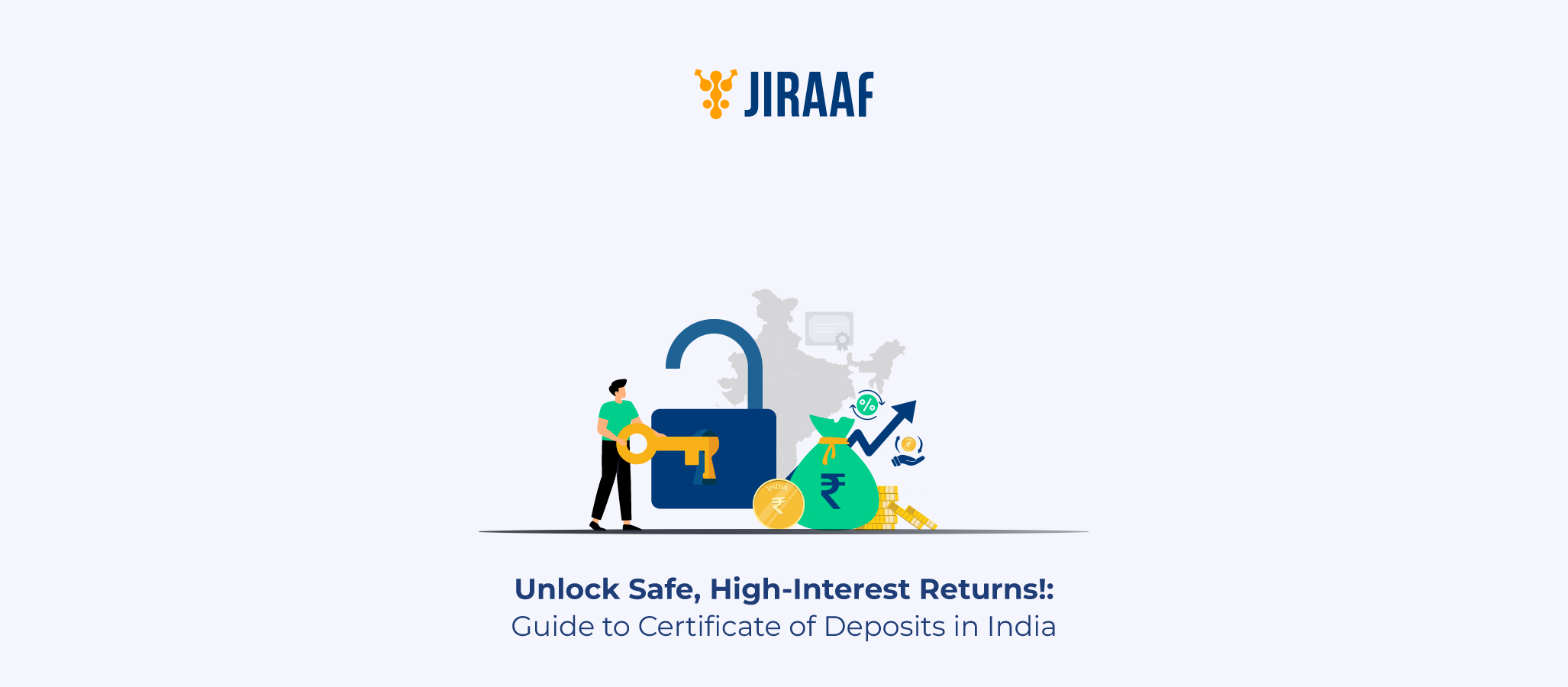For many retirees in India, financial stability and safety are paramount. The Senior Citizen Saving Scheme (SCSS), especially when availed through the Post Office, offers a government-backed savings solution tailored specifically for senior citizens. With high interest rates, assured returns, and Section 80C tax benefits, the SCSS is one of the most preferred investment avenues for post-retirement.
In this guide, we break down the Post Office SCSS—from its features and interest rate to eligibility, tax treatment, lock-in rules, and whether it’s better than other fixed-income options like bank FDs.
What is the Post Office Senior Citizen Saving Scheme (SCSS)?
The SCSS is a savings scheme launched by the Government of India in 2004, exclusively for individuals aged 60 years and above. Available at both public-sector banks and post offices, it is designed to offer regular income, capital protection, and favorable tax benefits.
Unlike market-linked instruments, the SCSS offers a fixed rate of return, making it highly suitable for risk-averse investors.
Features and Benefits of SCSS in the Post Office
Here are the key highlights that make the Post Office SCSS a compelling option for senior citizens:
1. Attractive Interest Rate
As of Q1 FY 2025–26, the SCSS offers 8.2% per annum, payable quarterly. This is significantly higher than most fixed deposits offered by banks.
2. Assured Government-Backed Returns
Being a government-sponsored scheme, SCSS investments carry a sovereign guarantee, meaning your capital and returns are fully secure.
3. Quarterly Interest Payout
Interest is credited every quarter to the depositor’s savings account, providing consistent cash flow—a feature retirees often seek.
4. Tax Benefits Under Section 80C
Investments up to ₹1.5 lakh per year qualify for deduction under Section 80C of the Income Tax Act.
5. Flexible Investment Limit
- Minimum: ₹1,000
- Maximum: ₹30 lakh (effective FY 2023–24 revision)
6. Nomination Facility Available
You can nominate a family member to claim the deposit in the event of the account holder’s demise.
Latest Interest Rate for Post Office SCSS in 2025
| Quarter | Interest Rate |
| Q1 FY 2025–26 | 8.2% p.a. (compounded quarterly, paid out) |
The interest is not compounded—it is calculated quarterly and paid out to your linked account. This ensures a steady income stream rather than growth via compounding.
Lock-in Period and Premature Withdrawal Rules
Lock-In Period
- 5 years, extendable by another 3 years once.
Premature Withdrawal:
- After 1 year but before 2 years: Deduction of 1.5% of the deposit.
- After 2 years: Deduction of 1% of deposit.
Note: In the event of the death of the depositor, the nominee/legal heir can withdraw without penalty.
Eligibility Criteria and How to Apply for SCSS at the Post Office
Who Can Apply?
| Eligible Individuals | Notes |
| Indian residents aged 60+ | Automatically eligible |
| Retirees aged 55+ (VRS) | Must apply within 1 month of receiving retirement benefits |
| Retired defense personnel aged 50+ | Subject to specific terms |
Not Eligible:
- NRIs
- HUFs (Hindu Undivided Families)
Required Documents:
- Aadhaar Card
- PAN Card
- Age proof (Birth certificate/Pension order)
- Passport-sized photograph
- SCSS application form (available at the post office)
- Cheque or cash deposit
Application Process:
Offline Method (Post Office):
- Visit your nearest post office.
- Fill out the SCSS account opening form.
- Attach documents and initial deposit (cheque/DD/cash).
- Receive the account passbook and confirmation.
Online Mode:
Currently, SCSS cannot be opened online via India Post. However, banks like SBI or ICICI allow limited online access.
Tax Implications of the Senior Citizen Saving Scheme
| Tax Treatment | Details |
| Principal | Eligible for Section 80C tax deduction (up to ₹1.5 lakh/year) |
| Interest Income | Fully taxable as per the income slab |
| TDS | Applicable if interest exceeds ₹50,000 per annum (Section 194P for senior citizens) |
Tip: Submit Form 15H (if eligible) to avoid TDS deduction.
Is the Post Office SCSS a Good Retirement Option?
Yes, especially for those seeking:
- Regular, fixed income
- Zero market volatility
- Simple application and servicing
- Sovereign guarantee
When Is It NOT Ideal?
- For individuals under 60 years of age (unless retired early)
- If you need liquidity (due to the 5-year lock-in)
- For those in higher tax brackets not needing Section 80C
SCSS vs Bank FD: Which is Better?
| Feature | SCSS (Post Office) | Bank FD (Senior Citizen) |
| Interest Rate | 8.2% (Q1 FY 2025–26) | 7.0–7.75% (varies by bank) |
| Lock-in | 5 years | Flexible (7 days – 10 years) |
| Premature Withdrawal Penalty | 1–1.5% | 0.5–1% usually |
| Tax Deduction | Yes (under 80C) | No (except 5-year FD) |
| Compounding | No (payout quarterly) | Yes (if reinvested) |
| Risk | Zero (Govt-backed) | Low (bank solvency risk) |
Conclusion: SCSS is better for stable, high-yield quarterly income, whereas FDs offer compounding benefits and more flexibility.
Conclusion
The Post Office Senior Citizen Saving Scheme (SCSS) stands as one of the most reliable retirement investment options in India. It offers a higher-than-FD interest rate, government assurance, and steady payouts, making it a cornerstone in the financial plan of any retiree.
Whether you’re looking to secure your monthly budget or reduce taxable income, SCSS provides a low-risk, high-return solution tailor-made for India’s senior community.
Discover fixed income investments with Jiraaf, a SEBI registered online bonds platform that educates and brings access to a wide array of bonds. Sign up today to explore diversified fixed income investment opportunities to support your goal-based wealth creation journey. Start investing!









